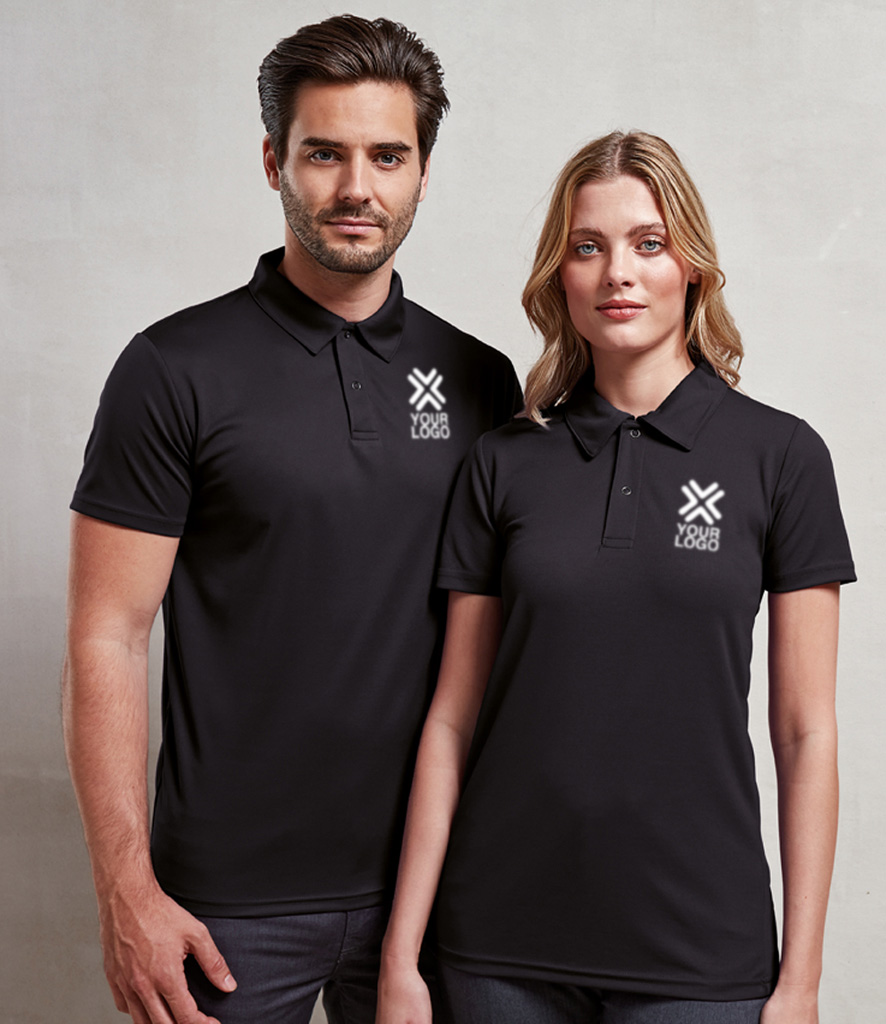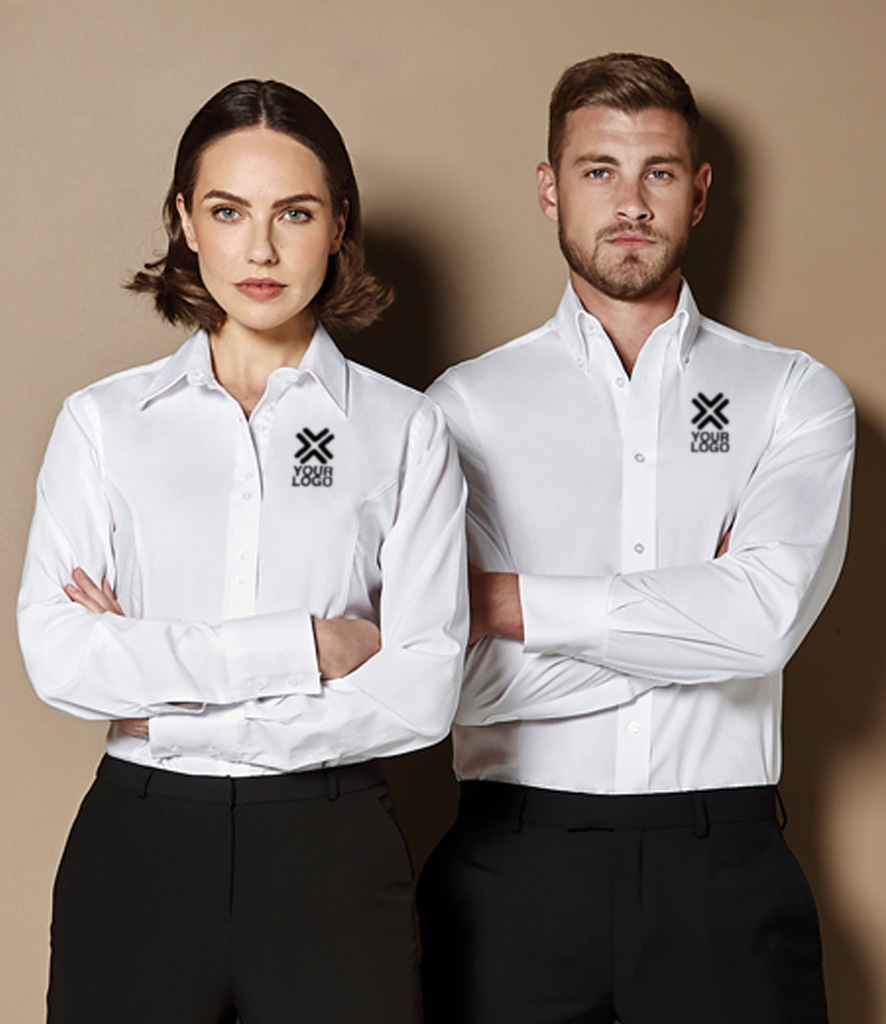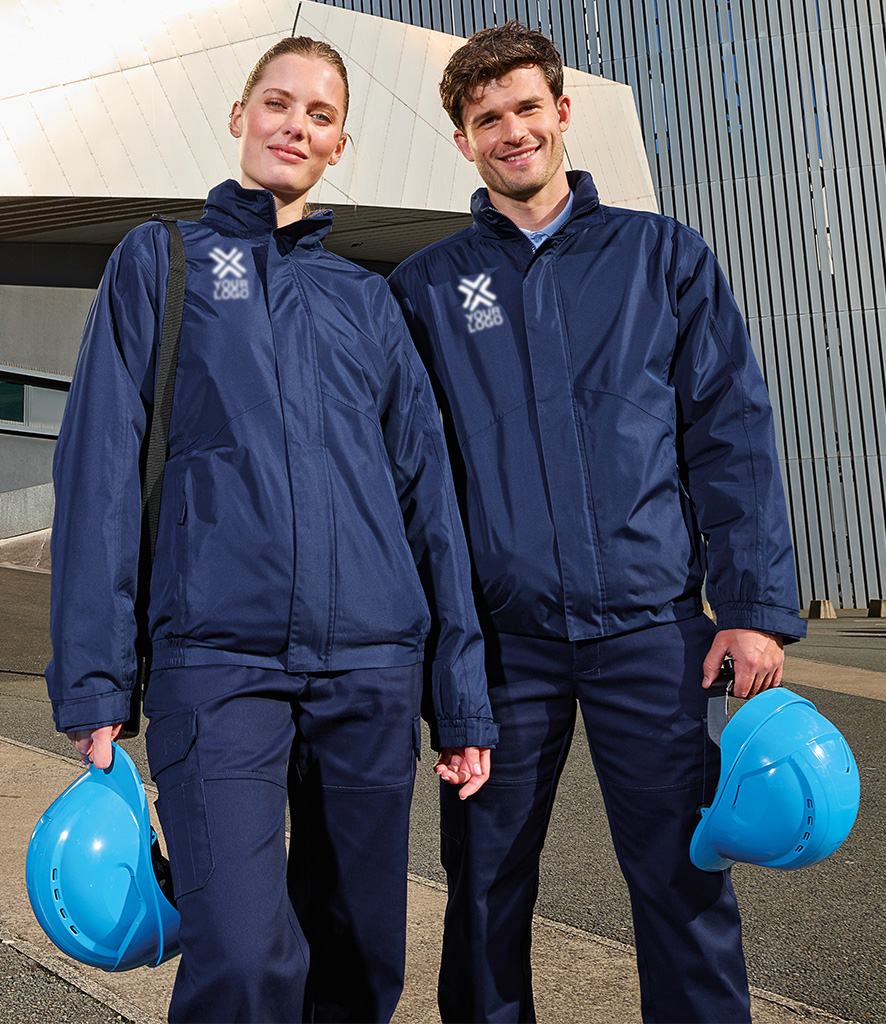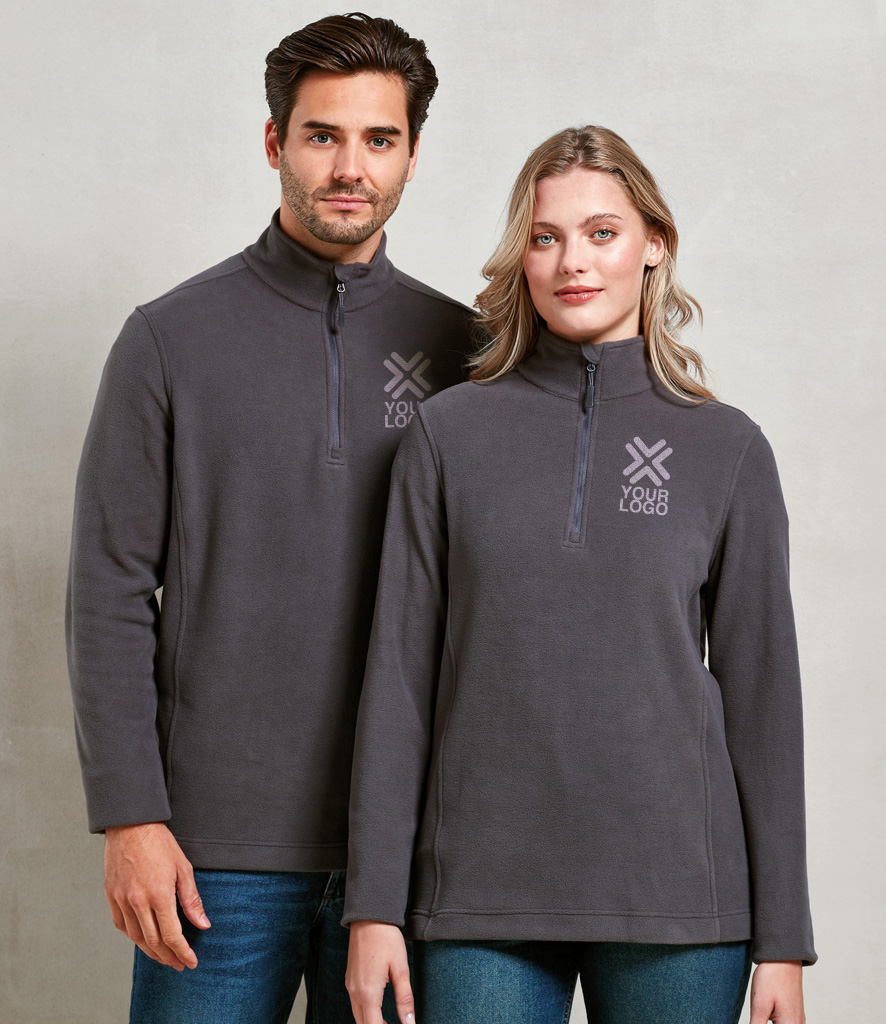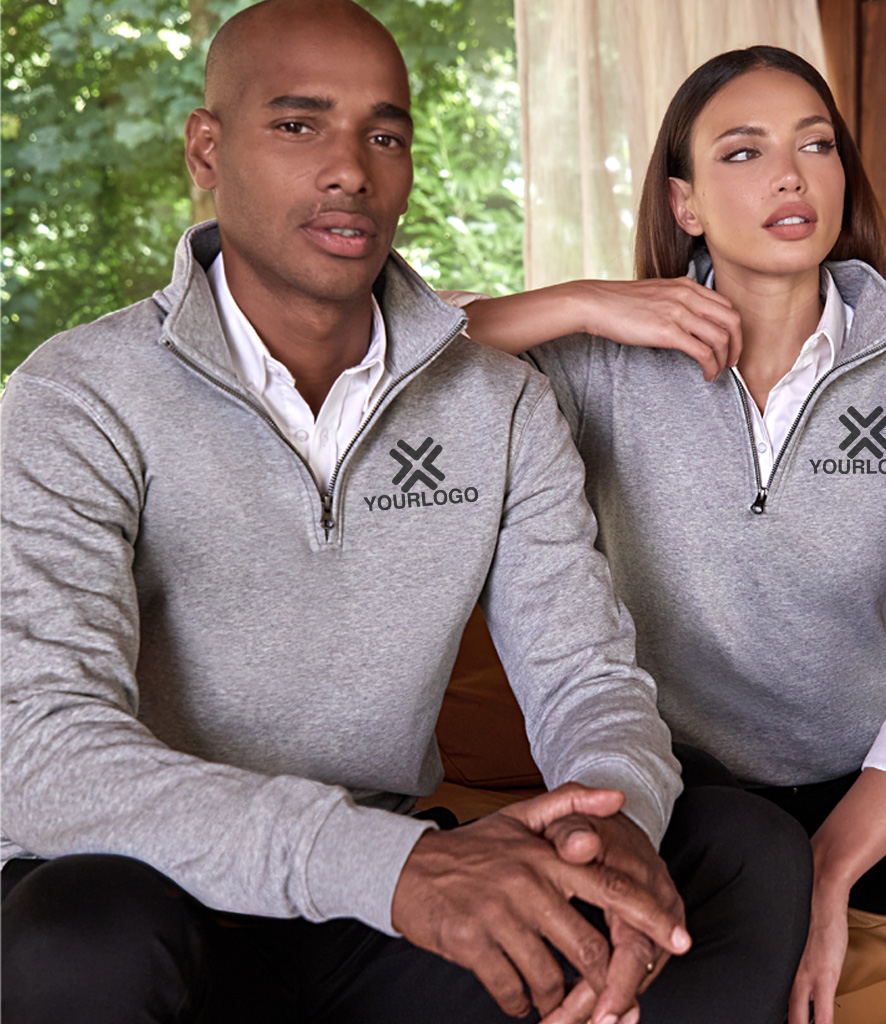6 Visual Cues That Shape Workplace Culture
We’re all influenced by what we see around us. A tidy shop floor makes safe habits more likely. A smart uniform creates a sense of unity. And the right messages on the wall can remind people what your business stands for.
Visual cues matter because they silently shape attitudes, behaviours, and culture. Here are six that can have the biggest impact.
- Page Contents
- Uniforms: a united workforce
- Safety signage and reminders
- Values on display
- Workspace layout
- Storytelling through visuals
- Showcasing success
- Final thoughts
1. Uniforms: a united workforce
One of the clearest visual cues is also the simplest - what your team wears. A consistent workplace uniform does more than make staff look professional:
- It makes employees instantly identifiable to customers.
- It creates a sense of belonging and team spirit.
- It removes hierarchy cues that come from “dress code” differences.
- And when customised with your logo, it reinforces brand identity every day.
Uniforms are a daily reminder that everyone’s working towards the same goals.
2. Safety signage and reminders
In industries like construction, logistics, or manufacturing, safety cues are vital. Signage reminding staff of correct PPE, hazard zones, or safe working hours keeps compliance front of mind.
Striking visuals - such as “X days since last incident” boards - encourage pride in a strong safety record, while also nudging people to keep it intact.
3. Values on display
Culture is shaped by what people see every day. Messaging around “how we treat customers” or “what we value as a team” can reinforce positive behaviours.
Whether on posters, digital screens, or wall graphics, visual statements drip-feed attitudes into daily routines.
4. Workspace layout
The design of the working environment also sends a message. Open-plan offices suggest collaboration and accessibility. Private spaces may communicate trust and focus. If only senior staff have the benefit of privacy, that too sends a signal.
The point: your layout is a visual cue. Make sure it reflects the culture you want to build.
5. Storytelling through visuals
Telling the story of your company in pictures builds a sense of belonging. This could be heritage - key moments from the company’s history - or growth stories such as your first client compared to today.
Even a simple timeline wall can show staff and visitors that they’re part of something bigger.
6. Showcasing success
Recognition drives culture. “Employee of the Month” boards, team achievement walls, or shared photos of milestones all create pride. They also encourage a healthy sense of competition to keep standards high.
Even small gestures - like a Wall of Success in reception - show that progress and people matter.
Final thought
Visual cues shape culture more than most leaders realise. They can foster pride, encourage safe habits, and remind staff they’re part of something bigger.
Uniforms, in particular, are the one cue every business can control - and they deliver instant impact. At XAMAX®, we’ve spent decades supplying customised uniforms that make teams look sharp, feel part of a unit, and get on with the job.
Want to explore uniform options for your business?
Leave your details and we'll call you at your convenience.
- 6 Visual Cues That Shape Workplace Culture - 23rd September 2025
- How to Roll Out a Workplace Uniform Policy - 23rd September 2025
- What Makes Workwear ‘Good’? How to Choose Work Clothing That’s Actually Built for Work - 13th August 2025







